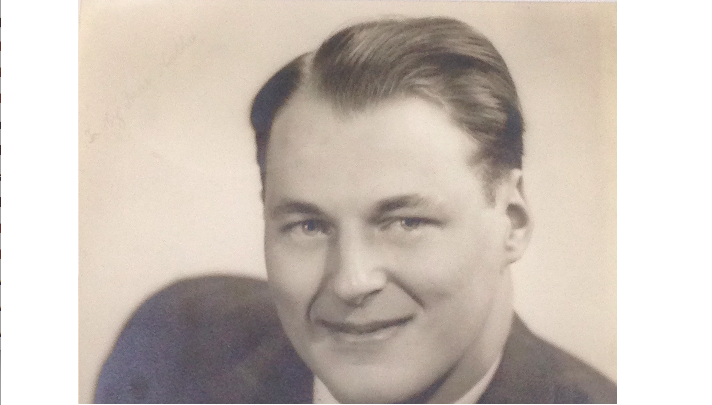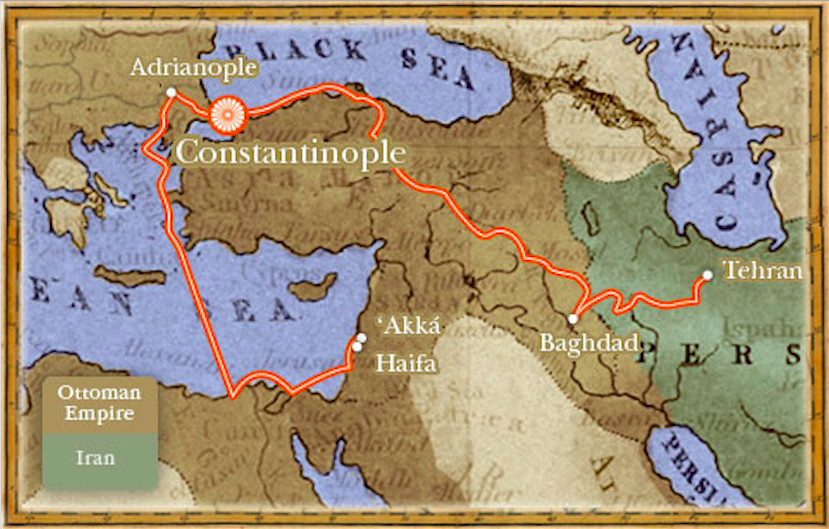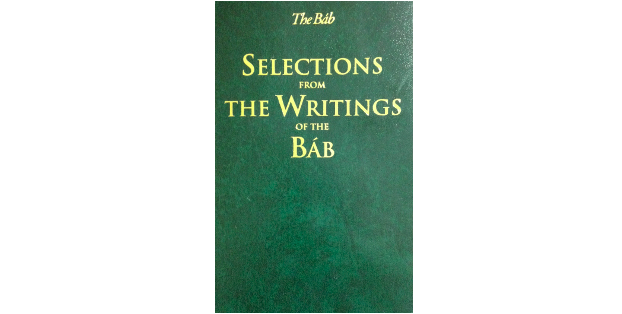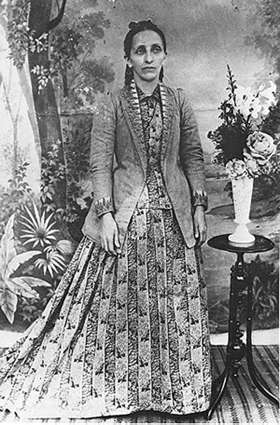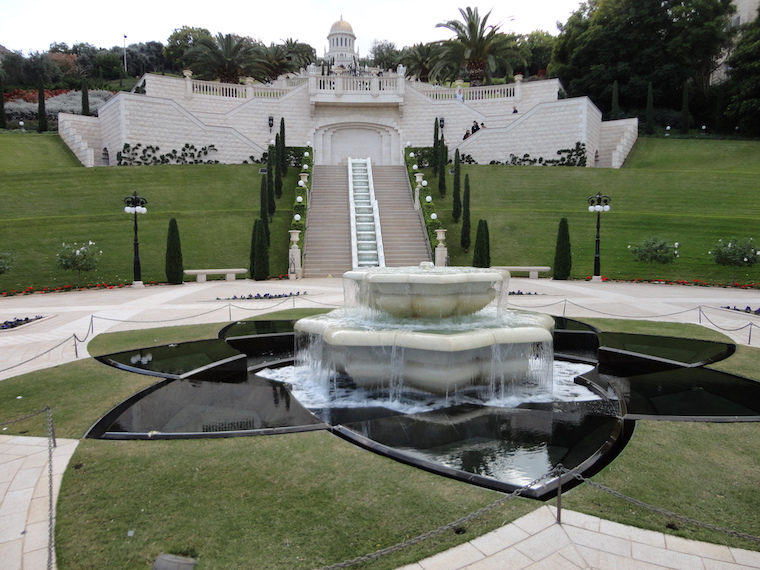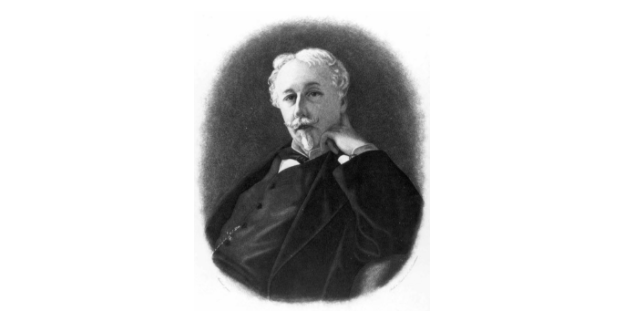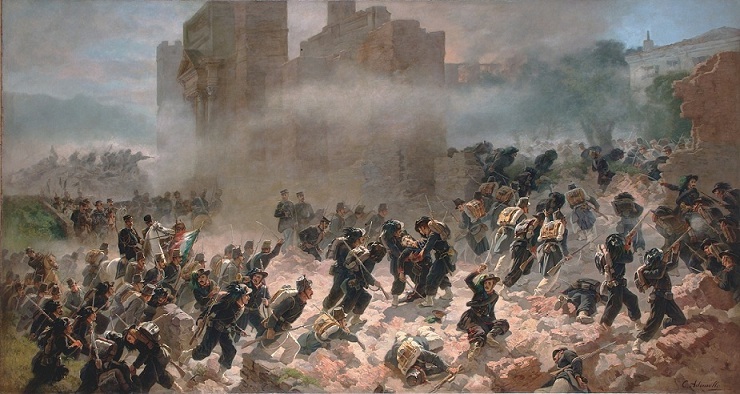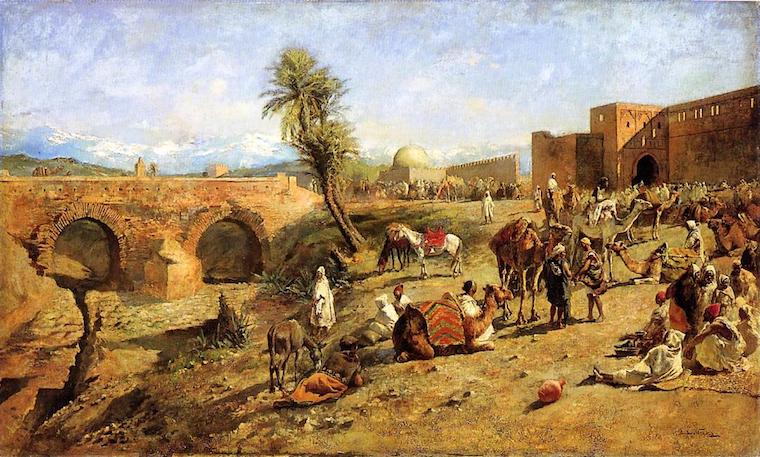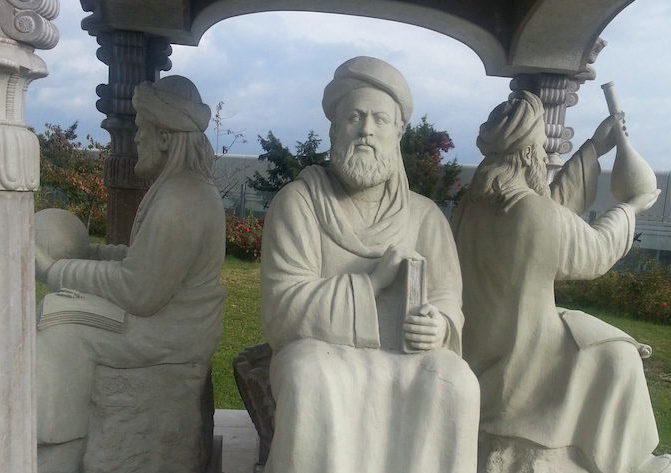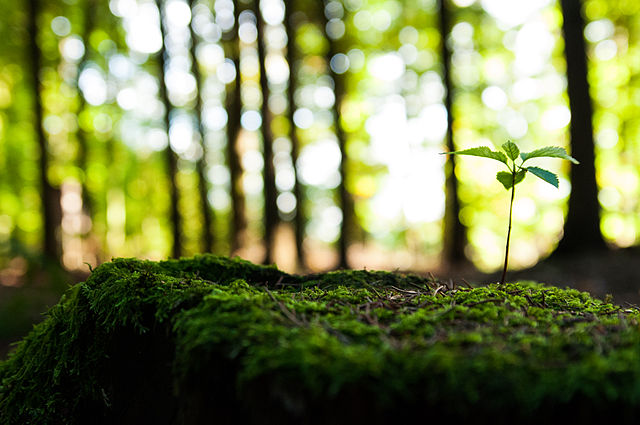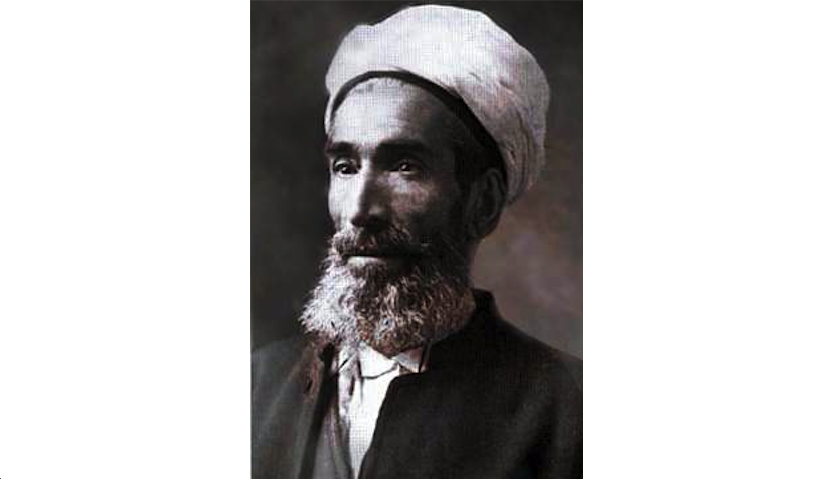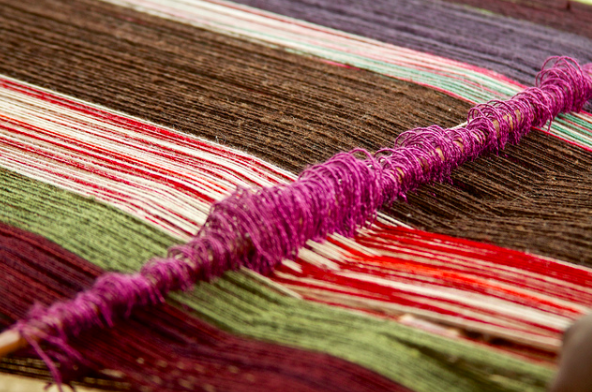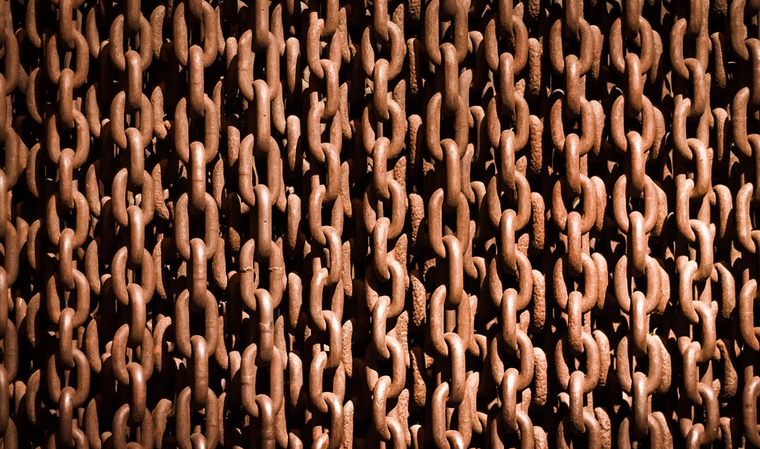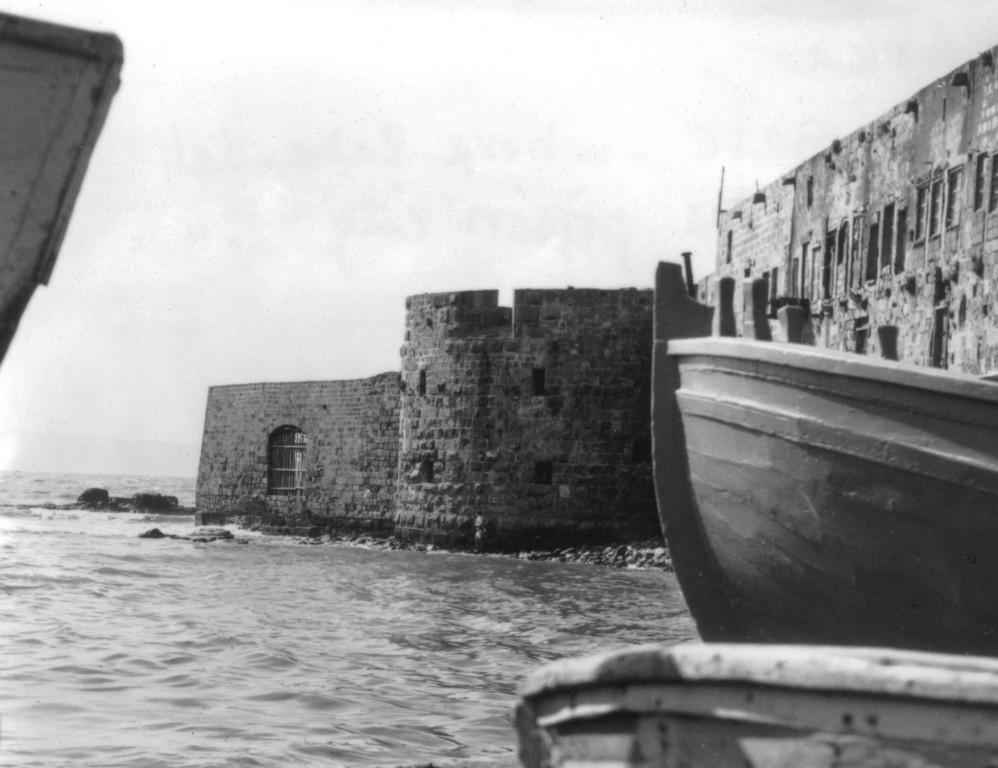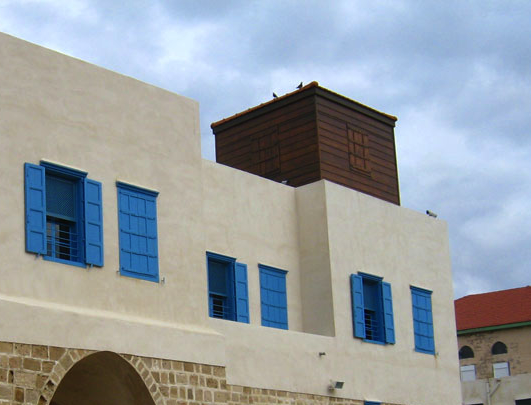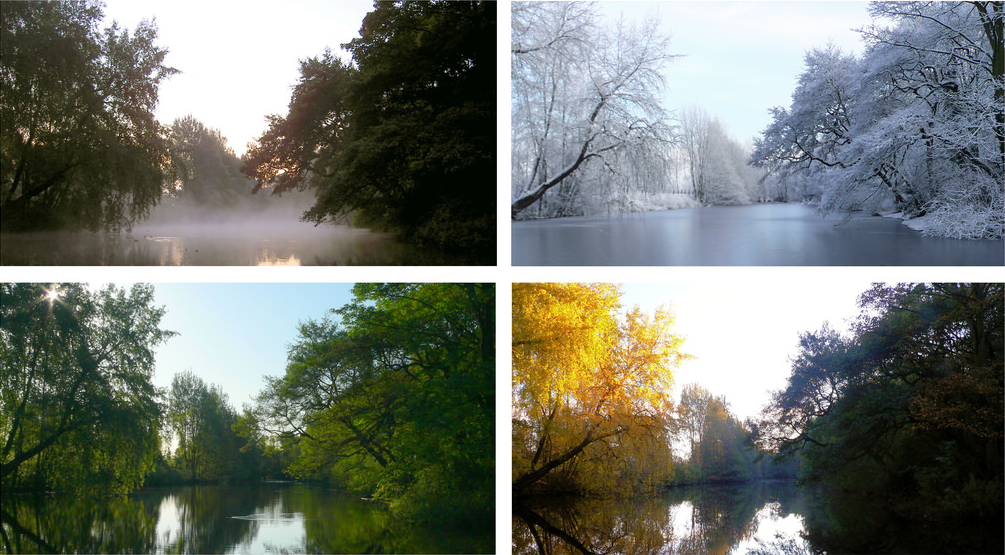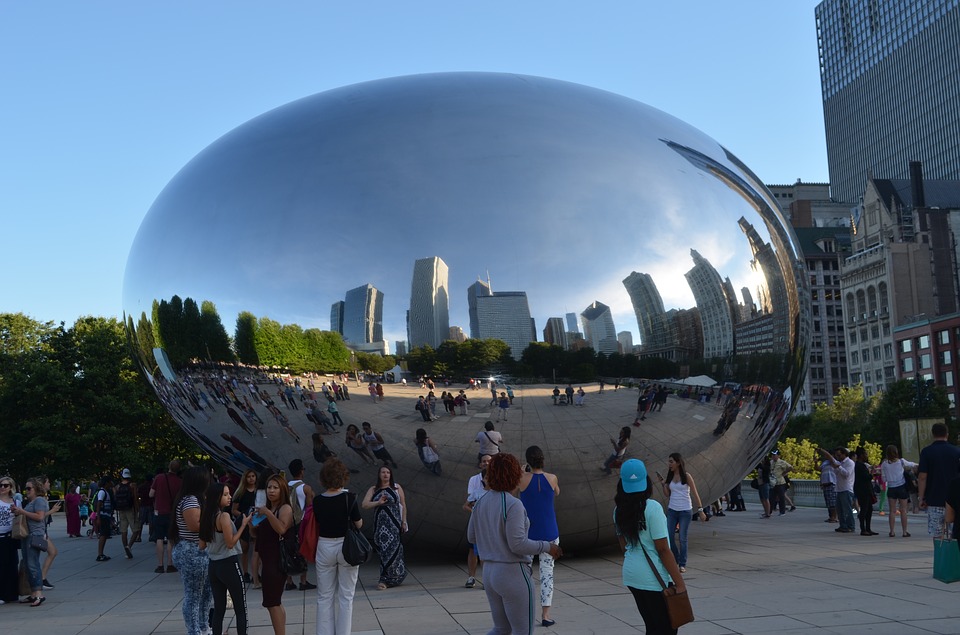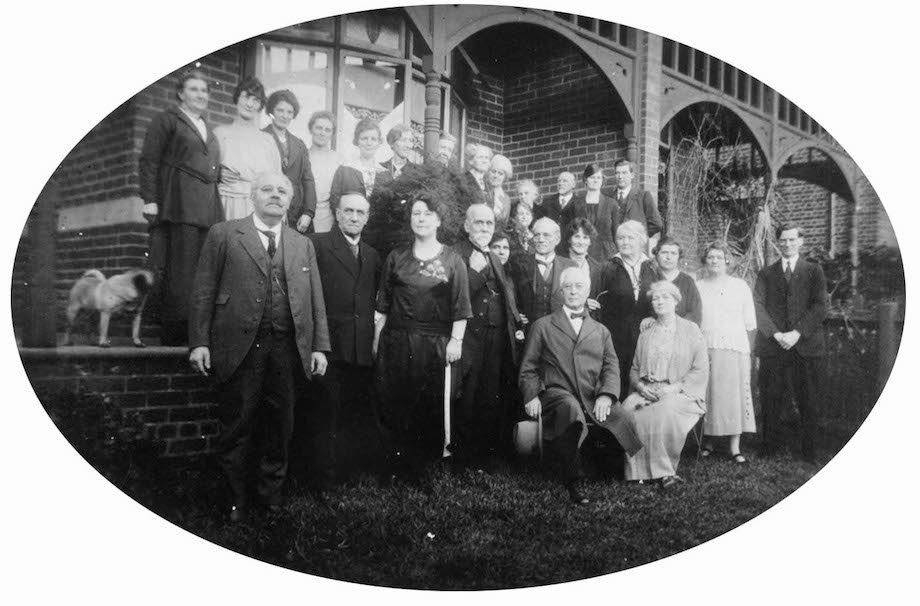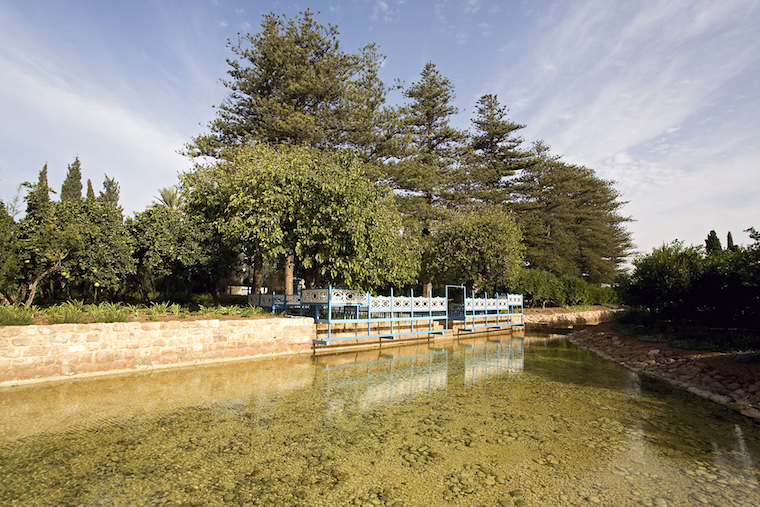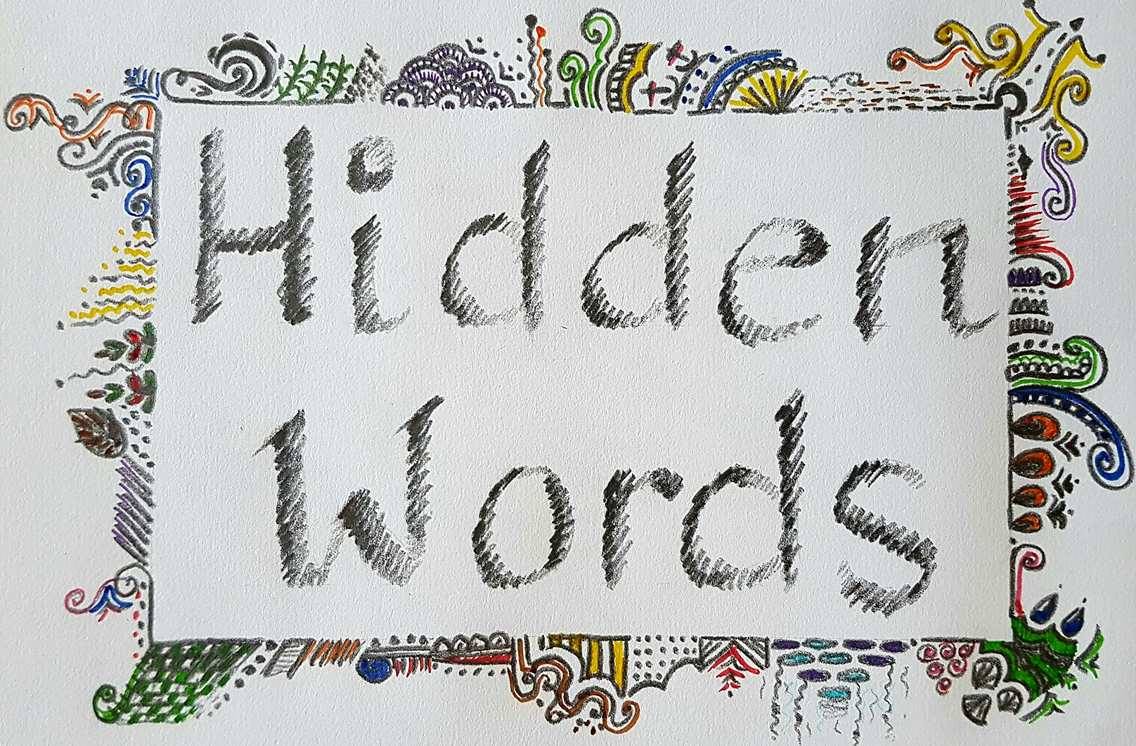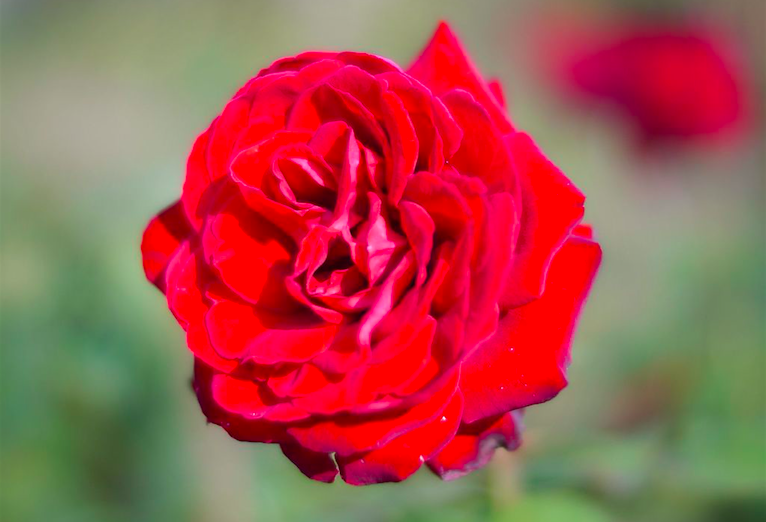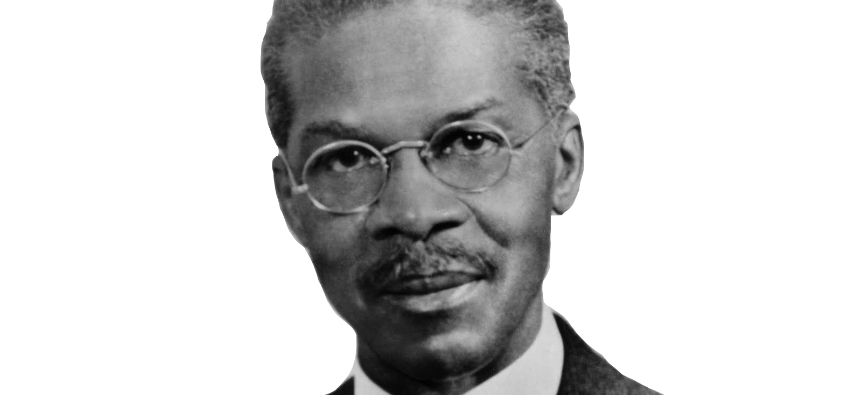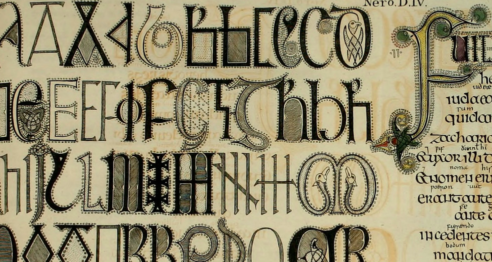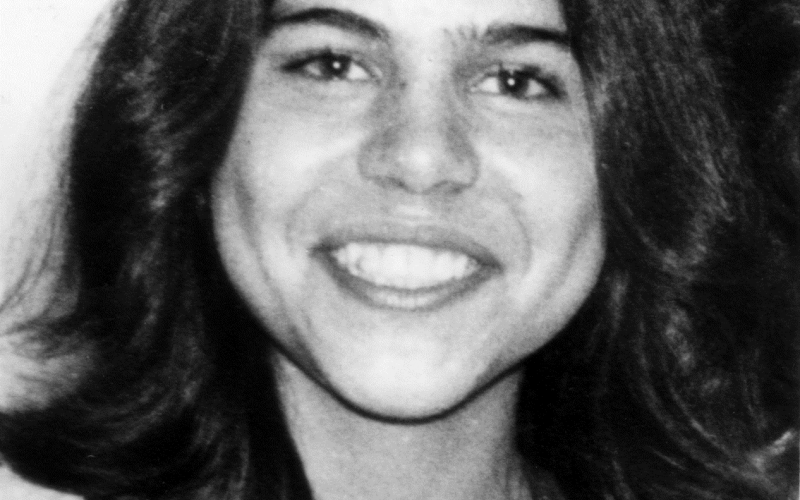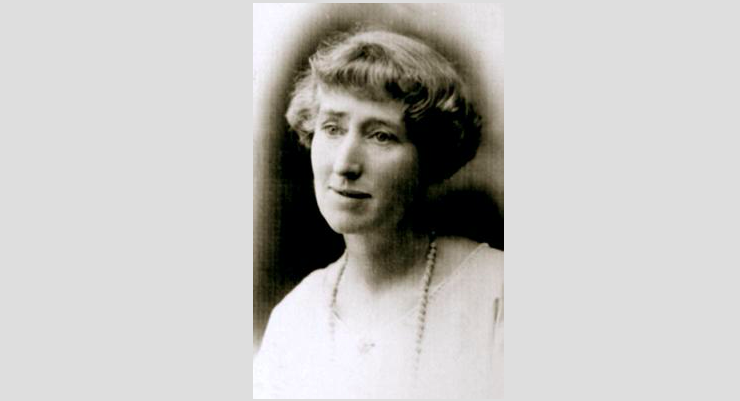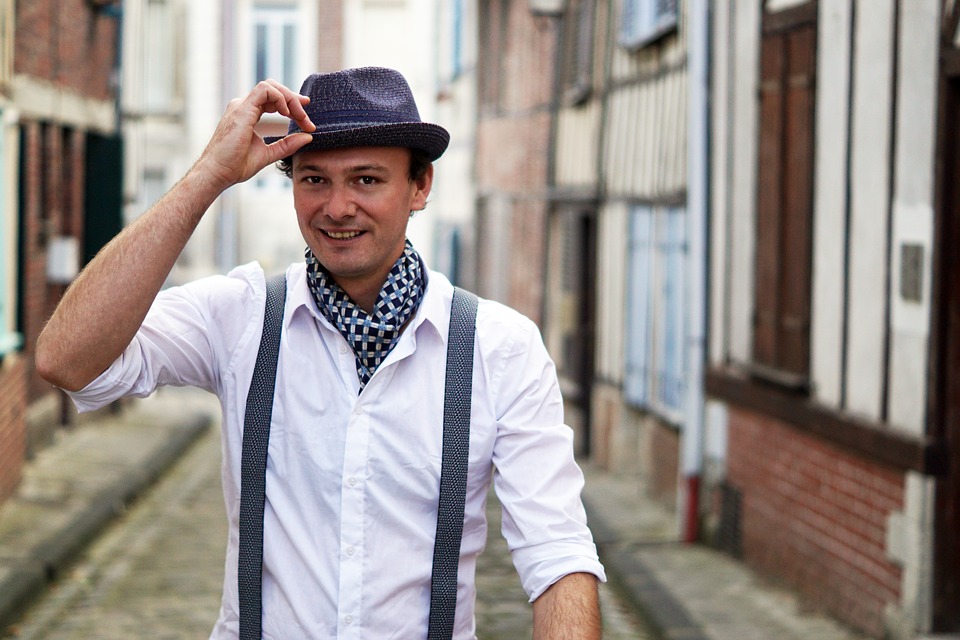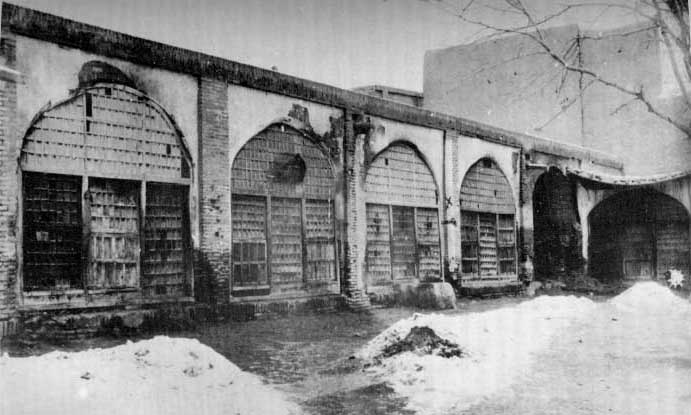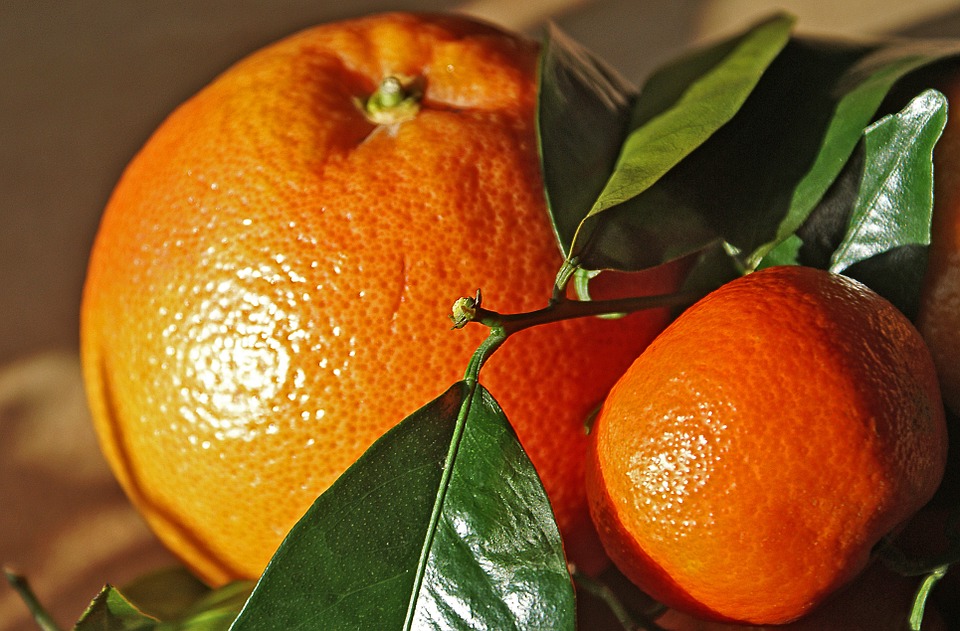Lives Inspired
-
Frank Wyss – Knight of Bahá’u’lláh
Frank Wyss was a Knight of Bahá’u’lláh. He did not engage in physical warfare. That was not the kind of knight he was. A Knight of Bahá’u’lláh engages in a spiritual battle – primarily a battle against self. The title was granted to those who arose, in response to plans set by Shoghi Effendi in 1953, to take the Baha’i Faith around the world. Frank Wyss was part of a remarkable generation of Australian Baha’is – at the time a vanishingly small — but audacious community. In the 1930s Baha’is of Australia and New Zealand elected their first National Spiritual Assembly – one of the earliest on the planet. When…
-
Bahiyyih Khanum
Bahiyyih Khanum was Bahá’u’lláh’s daughter, the younger sister of Abdu’l Baha. She was only 6 when her family’s home in Tehran was ransacked and the family were sent across the snowbound mountains to Baghdad. It was the beginning of a life of in exile and imprisonment with Baha’u’llah and her fellow family members. We have already met her in her accounts of Baha’u’llah’s return from Kurdistan and the family’s entry into the prison of Akka. She was herself a great figure of the Baha’i Faith, at times acting as regent of the religion – when her brother Abdu’l Baha travelled through Europe and America and when her great-nephew Shoghi Effendi…
-
Salman – Bahá’u’lláh’s Postman
As mentioned in a previous article, it was not so easy for Bahá’u’lláh’s letters to reach their intended audiences. How did they make their way from the various points of exile and imprisonment Bahá’u’lláh endured? The answer is a man named Salman who was born in South-West Iran. Salman had become a follower of the Bab and later a follower of Bahá’u’lláh. From the time when Bahá’u’lláh was living in Iraq, Salman took up a life’s work of being the means of communication between Bahá’u’lláh and his followers. The distances involved were vast, and by the time Bahá’u’lláh was exiled to Akka required journeys on foot of over 2000 kilometres.…
-
Mirza Abu’l Fadl – the Man Who Would Not Believe
Mirza Abu’l Fadl of Gulpaygan is remembered as one of the greatest scholars of the Baha’i Faith and he lived in the time of Bahá’u’lláh and Abdu’l Baha. Abdu’l Baha would mention his works – for example his treatise, The Brilliant Proof, responding to Christian preacher in London and he recommended reading Mirza Abu’l Fadl’s writings as a way of learning about the Baha’i Faith.[1][2] Mirza Abu’l Fadl wrote many works about the Baha’i teachings. He is buried next to another great Baha’i, Lua Getsinger. One of the exterior doors of the Shrine of the Bab is named after him. The stories of how people become Baha’is are often beautiful and the…
-
Abdu’l Baha’s Work Day
Abdu’l Baha‘s life was full of achievement. The eldest son of Baha’u’llah, he transcended a lifetime of exile and imprisonment and took the Baha’i Faith out of its homelands to a wider world. If all Abdu’l Baha had done was to undertake his teaching trips throughout Europe and North America, it would be more than most of us achieve in a lifetime. The following is Robert Stockman’s description of just Abdu’l Baha’s time in North America. “This was not the visit of a sixty-seven-year-old foreign tourist bent on seeing new places or a religious teacher hoping to cement his fortune and reputation; rather, it was the effort of an almost…
-
Clara and Hyde Dunn – the Baha’i Faith Comes to Australia
On 10 April 1920, when Clara and Hyde Dunn arrived in Sydney, Australia was, to most of the world, a far-away place. To the bulk of Australia’s people it was a new nation seeking to unfold an egalitarian future that would be free of the many oppressions of the old world. Phrases like “fair go, mate” – though not so common nowadays – still capture something deep in the Australian ethos and sense of identity. It was to be a new society in which people could live a life of dignity, of freedom and of peace. In many ways this vision was a beautiful one. It was not always pursued.…
-
The Secret Mission of Sulayman Khan
The terrible news that the Bab was to be executed in Tabriz had reached Bahá’u’lláh in Tehran. He knew just the man for a daring mission to rescue the Bab: Sulayman Khan. Courageous and strong and himself a leading native of Tabriz, if anyone could rescue the Bab, it would be Sulayman Khan. Doors would open to him that would not open to others. The mission had to be carried out in absolute secret and quickly. It was 630 miles to Tabriz and the road there traversed deserts, wilderness and fields before climbing steadily over a mountain pass and then on into the hills in which Tabriz is found. The…
-
Effie Baker – Photographer of the Birth of a World Faith
What if photography had existed 2000 years ago and St Paul or St Peter had commissioned a woman to travel to Palestine to compile a photographic archive of all the sites associated with the birth of Christianity? What would our understanding of Jesus be like? In the 1930’s, a task very like this fell to a diminutive Australian woman: Effie Baker. Effie Baker was born in 1880. In her teenage years her aunt gave her a camera: a No 2A Folding Autographic Brownie. For Effie, as a student of the Ballarat East School of Arts, photography was an emerging art-form. An art which she practised together with other arts such…
-
The Execution of the Bab
The Bab was in a cell in the barracks of Tabriz. He had already been condemned to death by the Amir Kabir, Persia’s highest official. The death sentence was sanctioned by the religious authority of high clergy. Now it just remained for the sentence to be carried out. Although death approached, the Bab was dictating a letter to one of his followers: Siyyid Husayn. The guards interrupted to take the Bab to his execution. He assured them that until he had completed what he had to say, no power on Earth would be able to prevent him doing so. Nonetheless they determined to take him out. With the Bab went…
